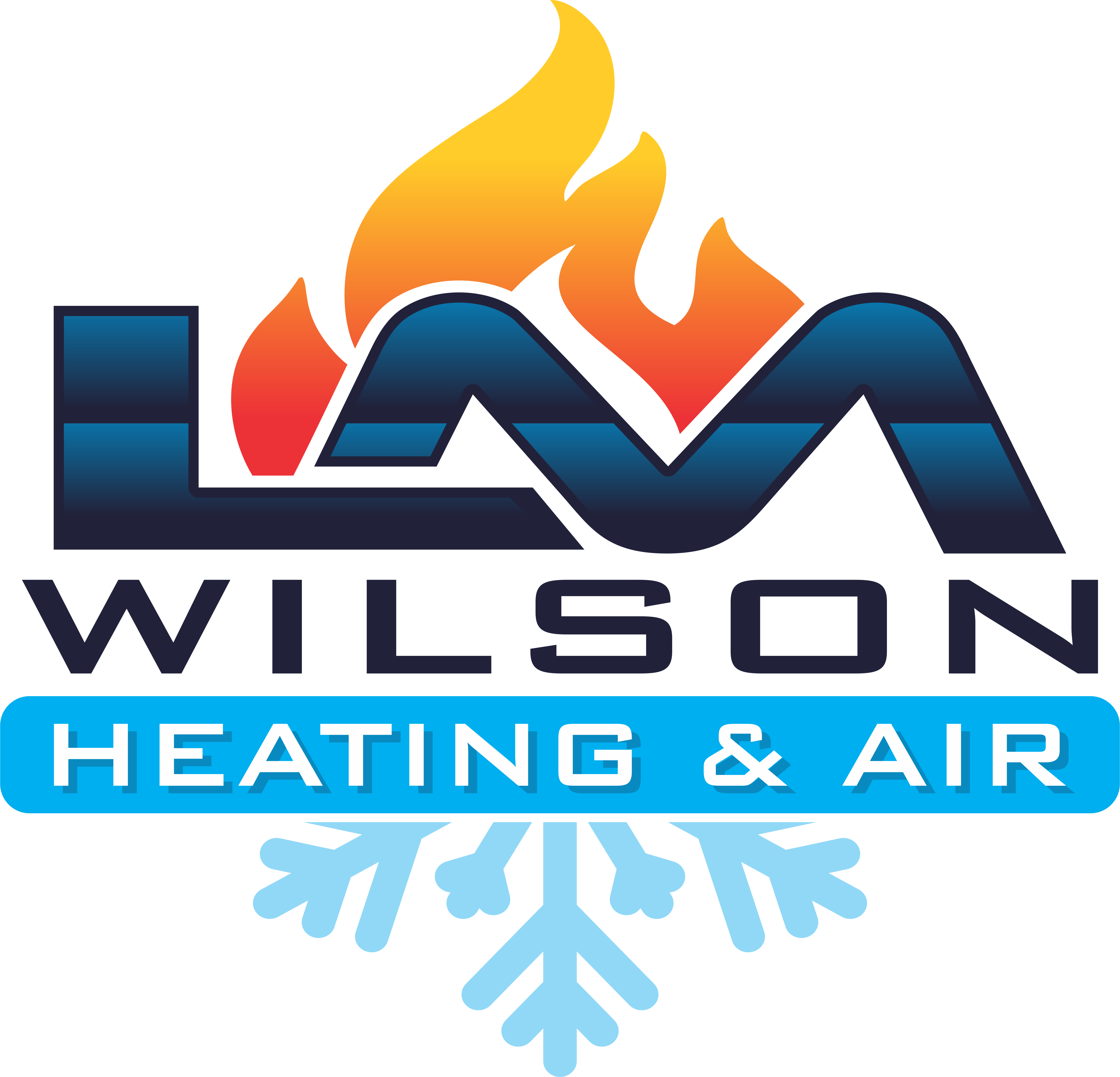Vapor Barrier Installations and Service
A vapor barrier is a crucial component of indoor air quality systems designed to control moisture levels within a building’s structure. Vapor barriers consist of materials such as plastic or foil sheets that are installed to prevent moisture from permeating through walls, ceilings, and floors.
Vapor barriers play a vital role in maintaining a healthy indoor environment by preventing moisture buildup, which can lead to mold growth, wood rot, and other structural damage. By creating a barrier against moisture intrusion, vapor barriers help protect the integrity of the building and contribute to improved indoor air quality.
Professional installation of vapor barriers is essential to ensure their effectiveness and longevity. Experienced technicians can assess the unique needs of your building and recommend the most suitable vapor barrier materials and installation methods.
At LM Wilson, we specialize in vapor barrier installation and maintenance services to help safeguard your indoor air quality and protect your property from moisture-related issues. Whether you require vapor barrier installation for a new construction project or need maintenance to ensure the continued performance of your existing system, our team is here to assist you.
Request Service Today
Vapor Barrier FAQs
What is a vapor barrier?
A vapor barrier is a material used to prevent moisture from passing through walls, ceilings, floors, and other surfaces in buildings. It helps to control the diffusion of water vapor and minimize condensation within the building envelope.
Why are vapor barriers important?
Vapor barriers are crucial in construction because they help prevent moisture-related issues such as mold growth, rotting of wood, and degradation of insulation. By controlling the movement of water vapor, vapor barriers contribute to maintaining a comfortable and healthy indoor environment while protecting the building structure.
Where are vapor barriers typically installed in buildings?
Vapor barriers are commonly installed on the warm side of insulation, which is typically on the interior side of exterior walls in cold climates. They can also be used in floors and ceilings to prevent moisture migration.
What materials are used for vapor barriers?
Materials commonly used for vapor barriers include polyethylene plastic sheets, foil-faced polyethylene, foil-backed sheathing, and asphalt-impregnated kraft paper. The choice of material depends on factors such as climate, building design, and cost.
Do all buildings need vapor barriers?
Not necessarily. The necessity of a vapor barrier depends on factors such as climate, building design, and local building codes. In some regions and building types, vapor barriers may not be required or may be substituted with other moisture control measures.
Can a vapor barrier cause moisture problems if installed incorrectly?
Yes, improper installation of a vapor barrier can lead to moisture problems such as trapped moisture within the building envelope, which may promote mold growth and deterioration of building materials. It’s crucial to follow manufacturer recommendations and building codes when installing vapor barriers.
Are there alternatives to traditional vapor barriers?
Yes, alternatives to traditional vapor barriers include vapor retarders, which allow some moisture diffusion but still limit the amount of moisture that passes through. Additionally, some building materials such as spray foam insulation can act as both insulation and a vapor barrier.
Can vapor barriers be retrofitted into existing buildings?
Yes, vapor barriers can be retrofitted into existing buildings during renovations or upgrades. However, retrofitting vapor barriers requires careful consideration of existing building materials, insulation, and construction methods to ensure effective moisture control without causing unintended consequences.
How do I know if my building needs a vapor barrier?
Consulting with a building professional, such as an architect, engineer, or contractor, can help determine whether your building requires a vapor barrier based on factors such as climate, building design, and local building codes. A comprehensive evaluation of the building envelope and moisture control measures is typically necessary to make an informed decision.


